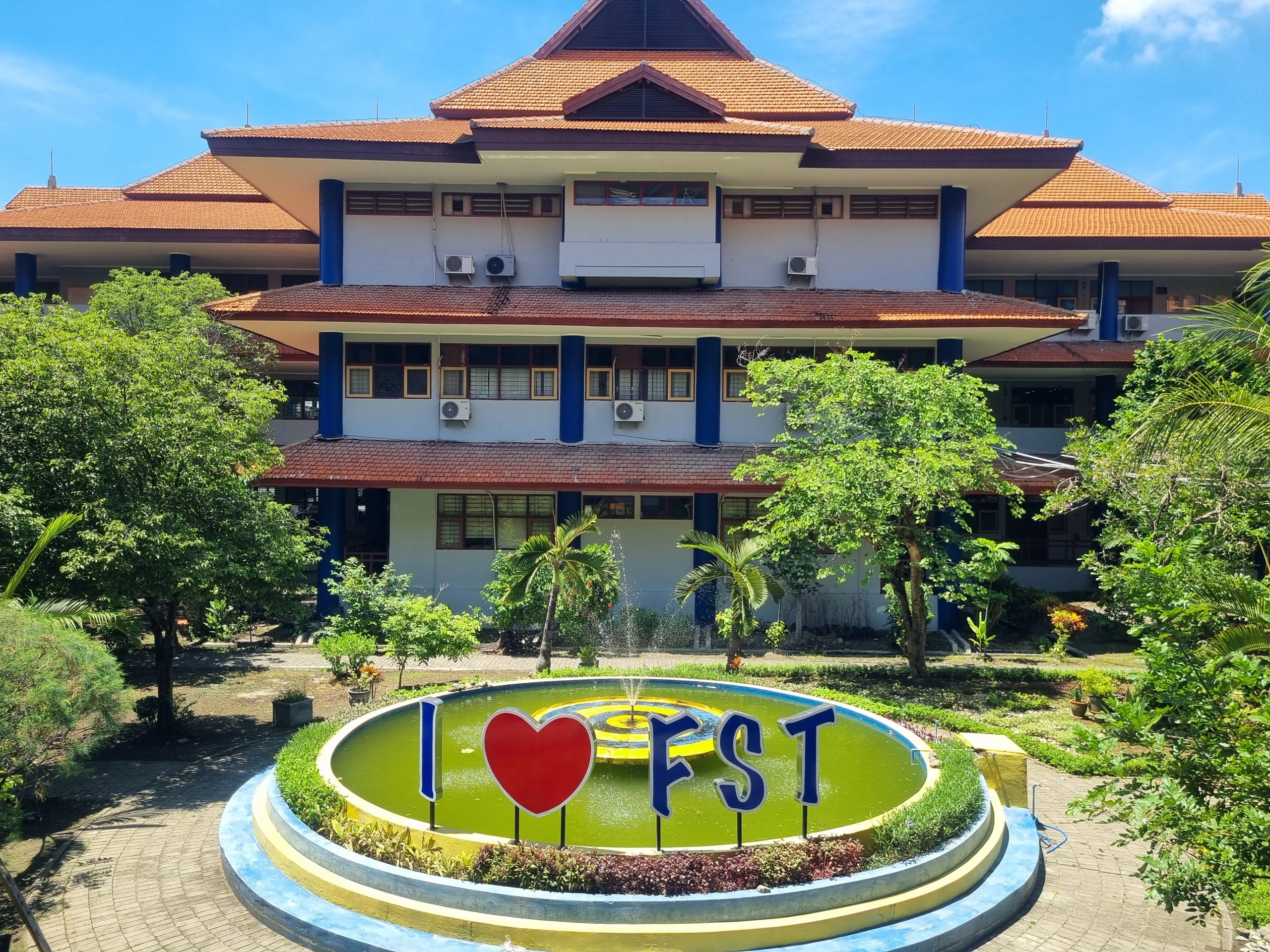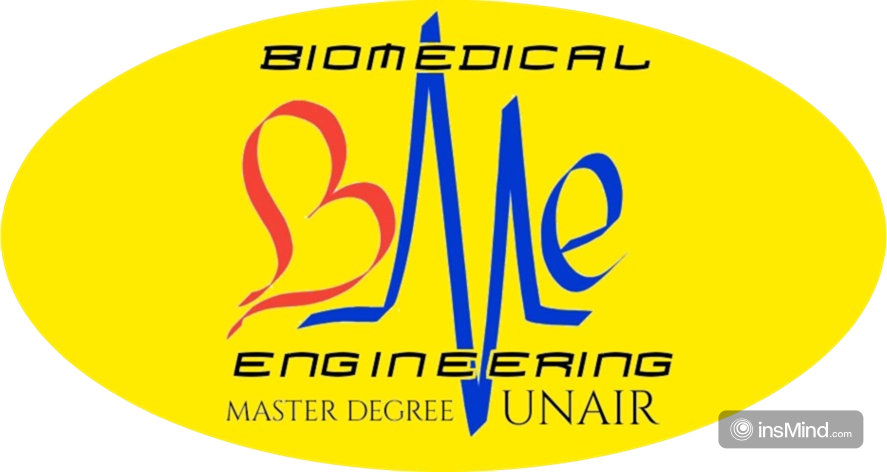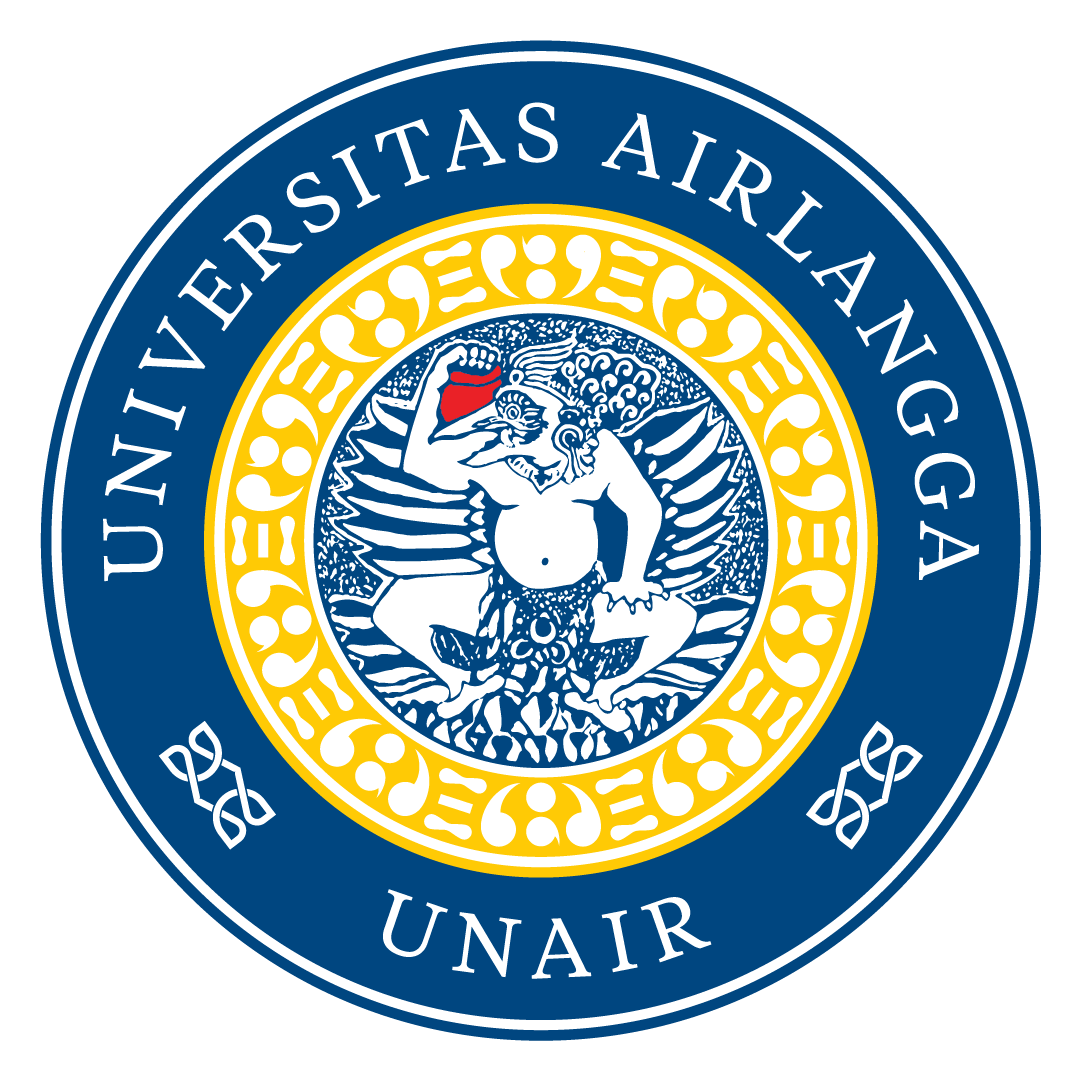Profile
Master of Biomedical Engineering

The journey of the Faculty of Science and Technology (FST) at Airlangga University cannot be separated from the history of the establishment of the Faculty of Mathematics and Natural Sciences (FMIPA) Unair since 1982 (Rector’s Decree Unair no. 6400/PT.03/I/1982). At that time, there were four departments, namely Physics, Biology, Chemistry, and Mathematics. Based on the development of science and technology, information technology, and the community’s need for personnel in the fields of information systems and medical instrumentation, as well as experts in environmental management, it was necessary to develop new study programs to support these areas, including Information Systems, Biomedical Engineering, Statistics, and Environmental Engineering. Biomedical Engineering, Statistics, and Environmental Engineering. The establishment of these new programs had a significant impact on the evaluation of the faculty’s name, which needed to be adjusted. Finally, on April 10, 2008, based on Rector’s Decree No. 3294/J03.OT/2008, the name change of FMIPA to the Faculty of Science and Technology (FST). This change has brought significant impacts on the academic development, scientific advancement, and overall image of the faculty. Remarkable progress in the implementation of the Tri Dharma of Higher Education is evident in the expansion of study programs at FST up to the year 2020.
The Master’s Program in Biomedical Engineering at the Graduate School of Airlangga University was established in 2012 through Decree No. 8981/H3/KR/2012, initially named Technobiomedical. The program was implemented in 2013 at the Graduate School of Airlangga University, based on Rector’s Decree Rector No. 26/UN3/KR/2013. When it was first established, the learning process in the 2012/2013 academic year until now, the Master of Biomedical Engineering Program has been attended by students from various regions in Indonesia who have different professional backgrounds and different undergraduate educational backgrounds. In 2018, based on Decree No. 898/UN3/2018 concerning the structuring of study program names within Airlangga University, the name of the Technobiomedical study program was changed to Biomedical Engineering.
Since January 18, 2019, through Airlangga University Rector Decree Rector of Airlangga University No. 160/UN3/2019, the management of the Master’s Program in Biomedical Engineering was transferred from the Graduate School to the Faculty of Science and Technology. The handover from the Director of the Graduate School to the Dean of the Faculty of Science and Technology at Airlangga University took place on February 11, 2019.
Vision and Mission
Master of Biomedical Engineering
Vision
To become a center of excellence in biomedical engineering education and research at the national and international levels based on civilized ethics and morals to support the development of the health sector and medical industry.
Mision
- Offering an internationally recognized master’s degree in Biomedical Engineering with an emphasis on mastery of theory, design, systems engineering, and the use of biomedical devices and materials to support innovation in healthcare and the medical industry through an interdisciplinary or multidisciplinary approach.
- Conducting ongoing research focused on scientific innovation and clinical relevance to strengthen the contribution of Biomedical Engineering at the national and international levels.
- Conducting community service based on research results and applied technology to support the improvement of health service quality through innovative solutions in the field of biomedical engineering.
- Instilling professional responsibility, academic ethics, entrepreneurial spirit, and leadership to support the development of globally competitive health technology that has a real impact on society.
Objectives
Master of Biomedical Engineering
produce graduates with the following abilities:
- Able to solve biomedical technology problems by designing medical instrumentation systems and biomedical signal processing systems through a multidisciplinary approach
- Able to develop knowledge and technology in the field of biomedical engineering science or professional practice through innovative and proven research.
- Able to design and manage research and development that is beneficial to society and science in the field of biomedical engineering and gain national and international recognition.
- Able to perform biomaterial engineering design to produce artificial tissues and organs.
- Able to formulate safety and security in accordance with standards and regulations for medical equipment based on the spirit of excellence with morality.
- Able to design planning and management operations in the health and medical industry.
Strategic Plan
Master of Biomedical Engineering

- Improving the quality and relevance of graduates by strengthening added value in innovative and modern learning processes using visualization methods in lectures (prototyping, automation, assembling, 3D technology) in continuous lectures and sustainable education
- Improving access to education based on the quality of prospective students by increasing the enthusiasm of new students through promotional activities on social media, roadshows to institutions that are in line with study programs, collaborating with associations, branding the internationalization of study programs (double degree programs, inbound and outbound students/staff), and opening fast track programs
- Improving the quality, quantity, and significance of research and community service by lecturers and students through strengthening professional and independent mastery of science and technology in supporting the achievement of SDGs
- Increasing the intensification and capitalization of innovation and interprising strategies through industry collaboration and product downstreaming
- Increasing the number of research collaborations and cooperation networks in the fields of education and research with institutions both domestically and internationally
- Enhancing the social-institutional role through community service activities The strategies for achieving the program’s objectives are outlined in the Program Strategic Plan (Renstra Prodi). Additionally, the operational performance plan for the program is also included in the Program Operational Plan (Renop Prodi).

